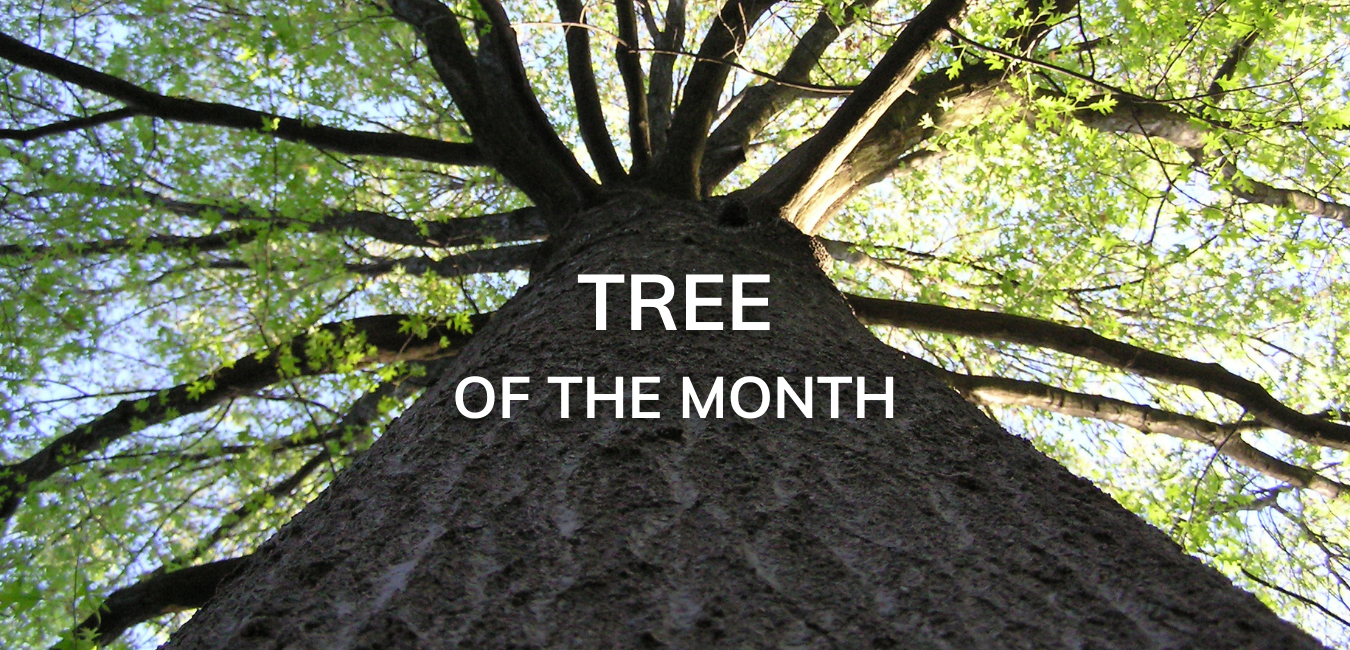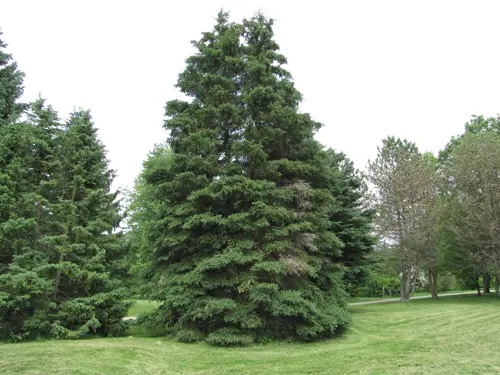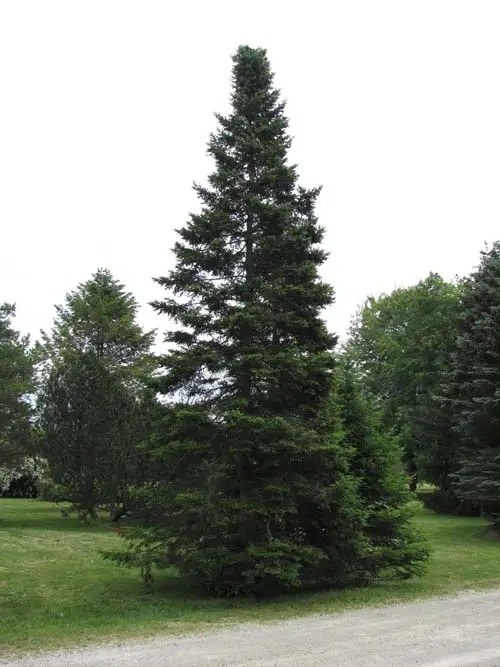Before Christmas trees were popularized, using evergreen boughs as decorations in December took place in several countries. The early Romans, Egyptians, Vikings and Celts all had traditions surrounding the winter solstice, the day with the least amount of daylight in the year. Though their celebrations differed, the evergreens generally signified life, the coming of spring, longer days and the agricultural season. For instance, Romans celebrated the day they called Saturnalia, in honour of their god of agriculture Saturn, with evergreen boughs as decorations (1).
The tradition of having a whole tree was started by German Christians in the 1500s. It eventually spread to the United States, followed by Canada in the 1700s. It did not become commonplace in North America until the 1840s, when an image was published of Queen Victoria and Prince Albert’s family by a Christmas tree. Now, Christmas trees can be found in other countries including Mexico, Guatemala, Britain, Sweden, Spain, Philippines, China, Japan and more (1).
Popular Christmas tree species in North America include the White Spruce, White Pine, Scots Pine, Balsam Fir, Fraser Fir, Blue Spruce, and the Douglas Fir in the west (2). However, the majority of trees used nowadays are artificial. Despite the fact that artificial trees can be reused, they are not recyclable and will not degrade, making a real tree the more environmentally friendly option (3). There are several sustainable ways to use a real tree after the holidays are over, such as setting it in the back yard with feeders to attract wildlife or cutting up the wood for coasters or garden decorations (4).
For information on the different kinds of evergreen trees available in Ontario, click here. For helpful hints about caring for a real Christmas Tree, click here.




